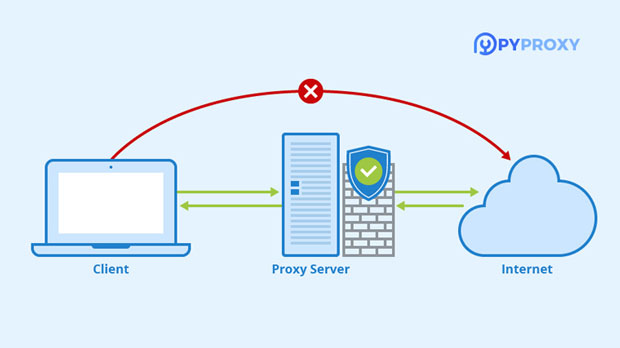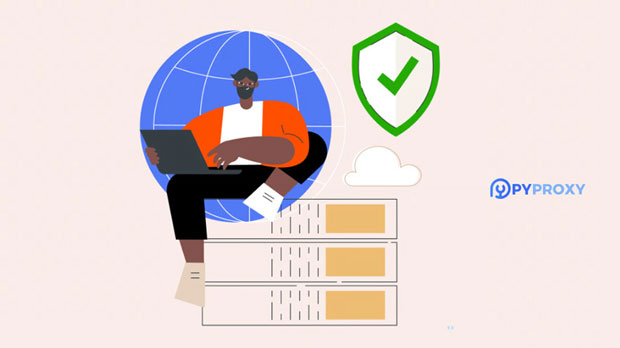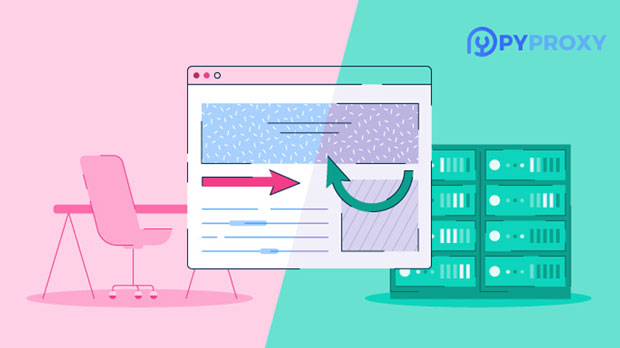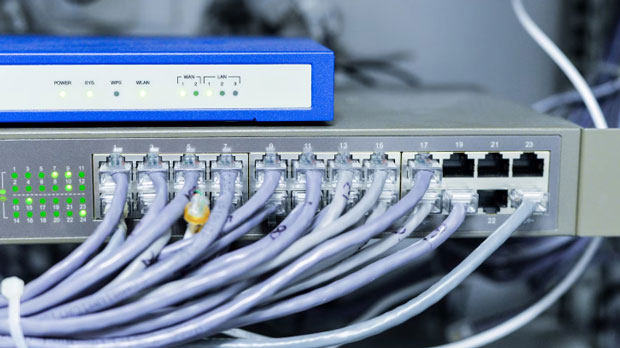When using an ip address proxy, many users wonder if it has an impact on network connection speed. Proxies, which work by acting as intermediaries between the user and the websites they visit, often add an extra layer to the communication process. Theoretically, this could cause some delay in data transmission, but the actual effect on connection speed depends on various factors. In this article, we will explore how IP address proxies can influence network performance, the factors involved, and how users can optimize their setup to minimize any negative impact on speed. Understanding IP Address Proxies and Their FunctionalityTo understand the potential impact of using an IP address proxy on network speed, it is essential to first comprehend what a proxy does. An IP address proxy serves as a gateway between your device and the internet. When you use a proxy, your internet traffic is routed through a remote server, which then forwards your requests to the target website. This means the proxy server essentially acts as an intermediary, masking your original IP address and potentially improving your anonymity and security online.While proxies can offer numerous benefits, such as enhanced privacy and access to geo-restricted content, they come with certain drawbacks, especially when it comes to network performance. Since data requests and responses must first pass through the proxy server before reaching their final destination, additional steps in the data transmission process can lead to delays and slower speeds.How Proxies Affect Network Speed1. Latency: One of the most immediate effects of using a proxy is an increase in latency. Latency refers to the delay in data transmission from the source to the destination. Every time a user sends a request through the proxy, the request travels an additional distance to the proxy server before reaching the target server. This added step can introduce a delay, especially if the proxy server is located far from the user or the target website.2. Bandwidth and Server Load: The bandwidth capacity of the proxy server plays a crucial role in how quickly data can be transmitted. If the proxy server is heavily loaded with traffic or operates with limited bandwidth, it can become a bottleneck, reducing the available bandwidth for the user. This results in slower speeds, as the proxy server struggles to handle the volume of data passing through it.3. Proxy Server Quality: The quality of the proxy server itself can have a significant effect on speed. Free proxies, which are often used by individuals seeking quick and easy access to a proxy service, are frequently slower due to their limited resources and higher server load. On the other hand, high-quality proxies that are well-maintained and optimized for speed can minimize the impact on connection performance.4. Encryption and Security: Some proxies, especially those providing enhanced security features, encrypt your internet traffic. While encryption is essential for protecting user privacy, it can also introduce overhead. Encryption requires additional processing power, which can cause a slight delay in the transmission of data. For users who prioritize security over speed, this trade-off may be acceptable. However, if speed is a critical factor, encryption-heavy proxies may not be the best option.Factors That Influence the Impact of Proxies on SpeedSeveral factors contribute to how significantly a proxy affects your network speed. These factors include the type of proxy, its location, the network conditions, and the user’s internet connection.1. Type of Proxy: There are different types of proxies, such as HTTP, SOCKS, and SSL proxies, each designed for specific use cases. For example, SOCKS proxies generally offer better performance for a variety of internet activities, including P2P and streaming, compared to HTTP proxies. The choice of proxy type can have a direct impact on speed.2. Location of the Proxy Server: The proximity of the proxy server to both the user and the target website is crucial. If the proxy server is located far from the user or the website they are trying to access, the data must travel a longer distance, which increases latency. Ideally, users should choose proxy servers that are geographically closer to them or to the content they wish to access.3. User’s Internet Connection: The user's own internet speed plays a significant role in how noticeable the impact of a proxy is. A high-speed internet connection will likely mask the effects of using a proxy, while a slower connection may make the impact more pronounced. Therefore, users with faster connections may experience less of a slowdown when using a proxy compared to those with slower connections.4. Proxy Server Performance: Not all proxy servers are created equal. High-performance proxy servers with low latency and high bandwidth availability can reduce the negative impact on speed. Users should consider factors such as the server’s reliability, load capacity, and speed when choosing a proxy.Optimizing Proxy Use for Better SpeedFor users who want to optimize their network performance while using a proxy, there are several strategies they can employ to minimize any negative impact on speed:1. Choose a High-Quality Proxy Service: Investing in a premium proxy service, rather than using free options, can provide better speed, reliability, and performance. Premium proxies typically offer faster servers, more bandwidth, and less congestion.2. Select a Proxy Server Close to Your Location: Whenever possible, choose a proxy server that is geographically closer to you or the content you wish to access. This reduces the amount of data that needs to travel, lowering latency and improving connection speeds.3. Consider the Type of Proxy: As mentioned earlier, certain proxy types may be more suitable for specific online activities. For example, SOCKS proxies are often faster and more versatile for tasks like streaming or gaming. Understanding your needs can help you choose the best proxy for your use case.4. Use a Proxy with Minimal Encryption: If privacy is not a primary concern, users may want to opt for proxies with minimal or no encryption. This will reduce the processing overhead and improve speed, especially when accessing sites that do not require encryption.5. Monitor Proxy Performance: Regularly testing and monitoring the performance of your proxy can help identify issues that might be slowing down your connection. Using speed test tools to measure the impact of different proxies on your internet speed can provide insights into which servers offer the best performance.ConclusionIn summary, using an IP address proxy can affect network connection speed, but the extent of this impact depends on several factors. Latency, bandwidth, proxy server quality, and encryption are just a few elements that influence how a proxy affects overall speed. While some slowdown is inevitable due to the nature of proxy servers, users can take steps to minimize this effect by choosing high-quality proxies, selecting optimal server locations, and considering their specific needs. By understanding these factors and optimizing their setup, users can strike a balance between privacy and performance when using proxies.
Feb 18, 2025
![arrow]()


























































